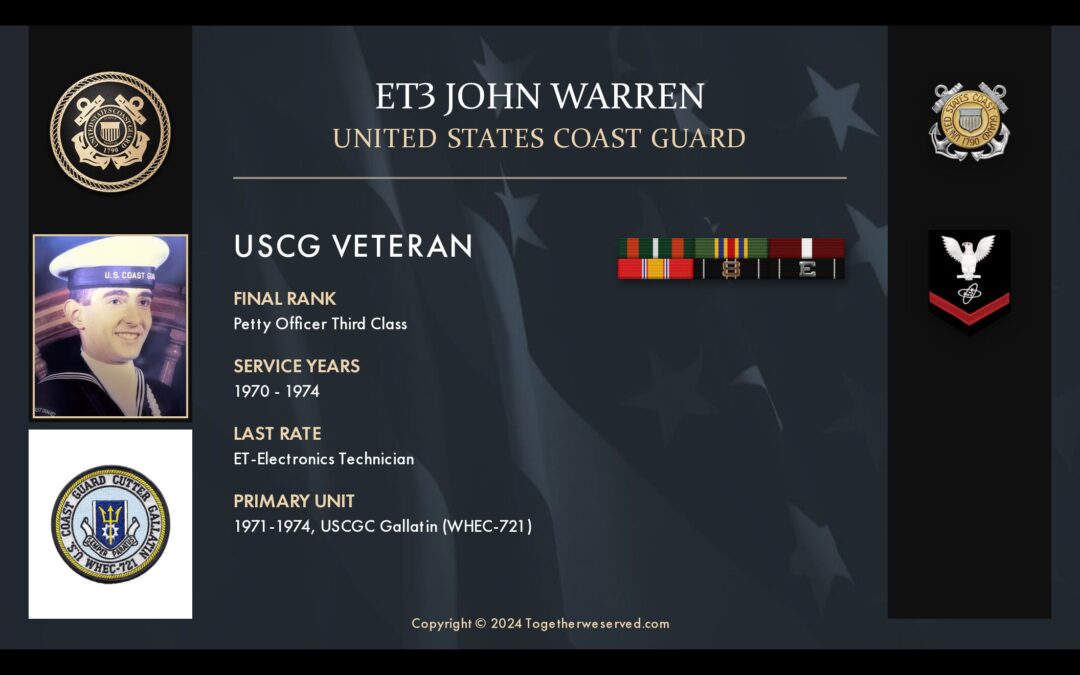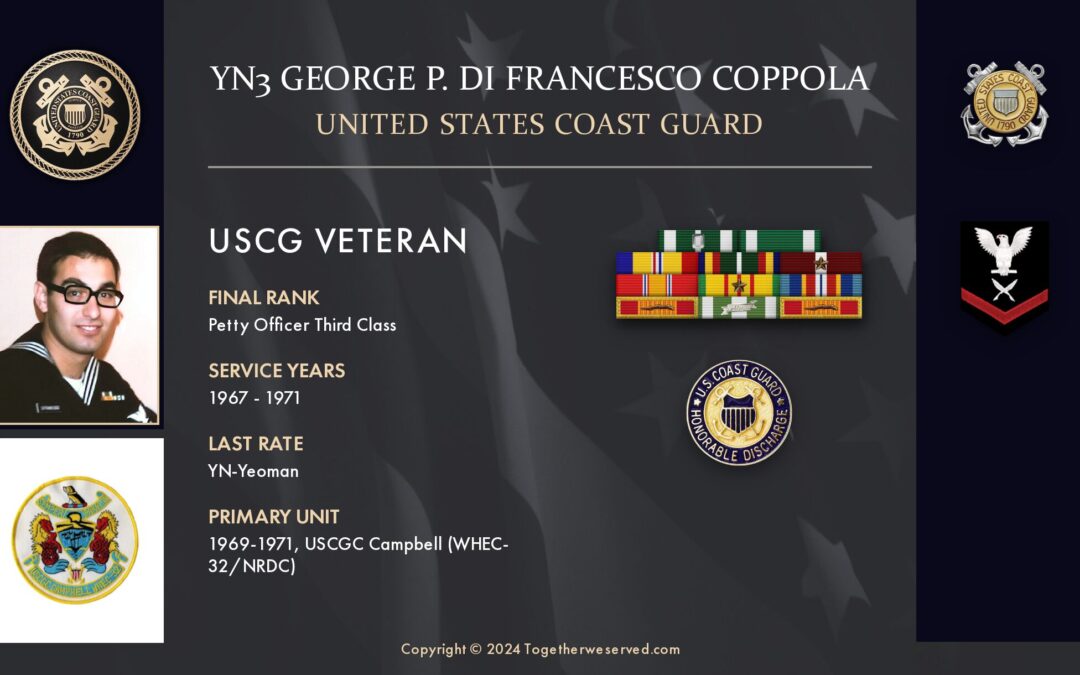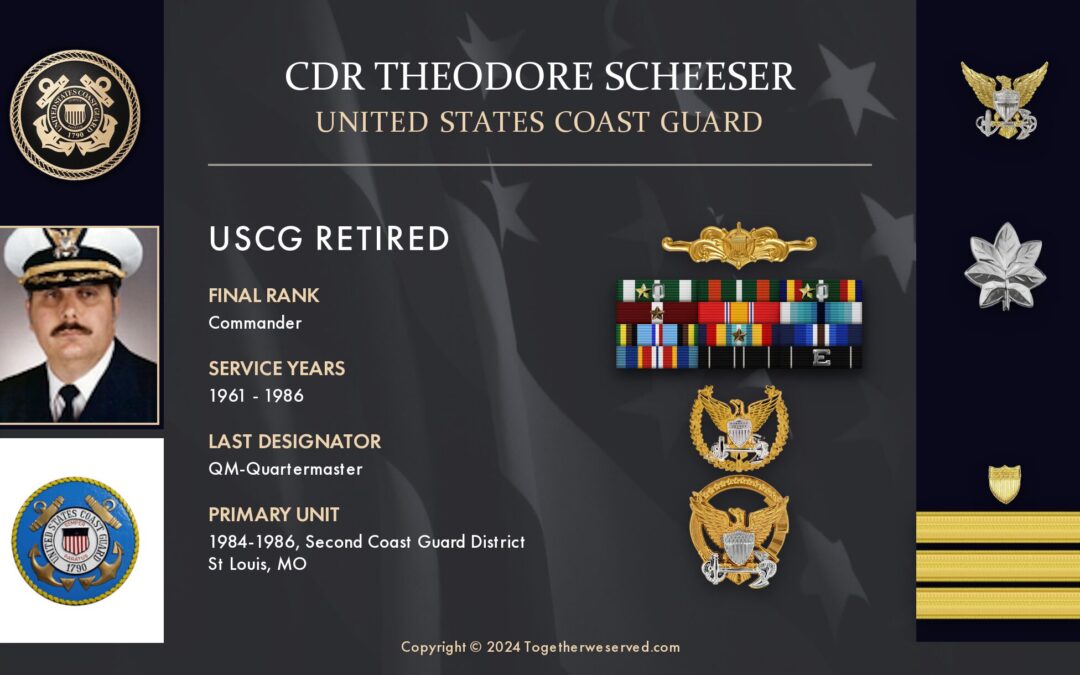I was 19 years old, and it was the Vietnam Era. I had registered for the draft the previous year while in High School in San Diego, CA. I graduated HS and tried going to college, but it just wasn’t for me. So, after a semester, I left college. Now, what am I going to do? I really had no idea. I was thinking of the Navy because my father had served in the Navy during WWII. He had a career of over 22 years and was a BMC. I was going to join the Navy when a friend of mine mentioned the Coast Guard. That had never occurred to me. I was familiar with the USCG Air Station in San Diego and the cutters at Point Loma, and I liked what the Coast Guard did. Not only did they train for war, but they trained for SAR, law enforcement, pollution control, marine safety, etc. I knew that my father would be spinning in his grave as he had passed away, but I went down to the Coast Guard recruiter in San Diego, talked to them, and signed up. After the physical and paperwork was done, I was offered a guaranteed “A” school, YN. I took it and was off to boot camp in Alameda.











